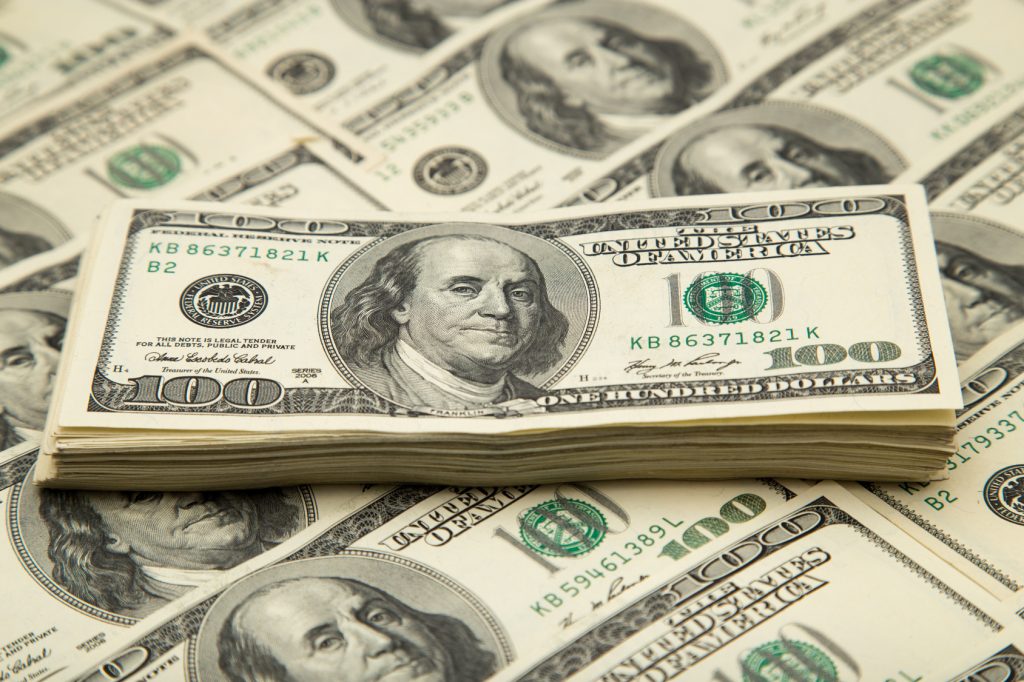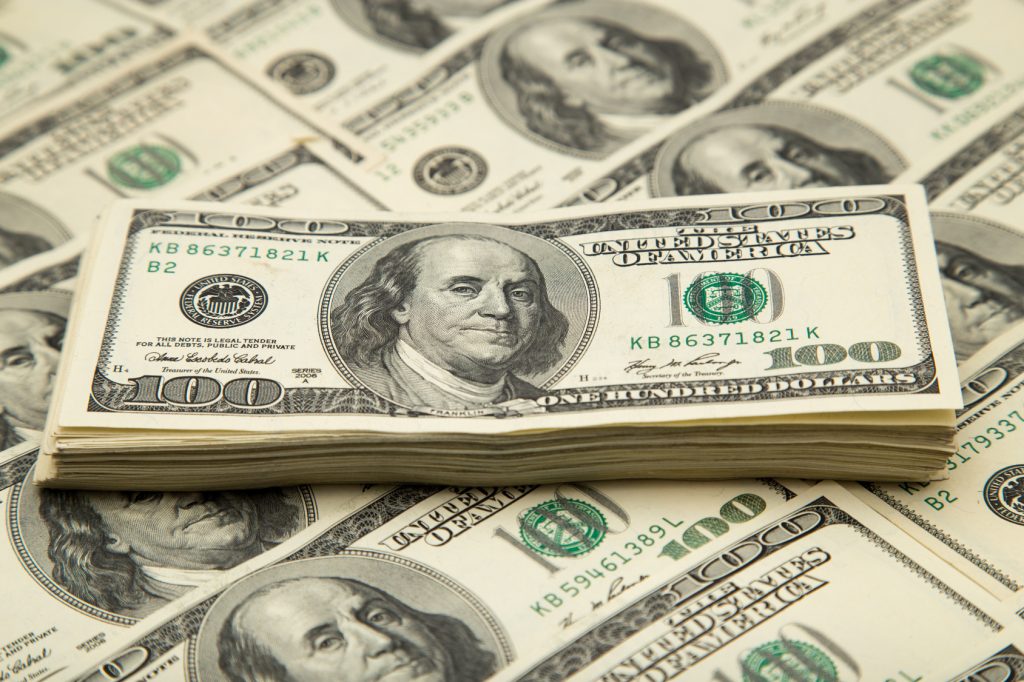For better or for worse, money is an important part of life. Everybody talks about it a lot, which means there are a lot of slang terms for it. Here’s where some of them come from.
Bucks
The $100 bill is sometimes called a “C-note,” because C is the Roman numeral for 100. Roman numerals also influence the word “buck” as a money slang term. A sawbuck is an X-shaped apparatus used to hold wood for cutting. Since it’s X-shaped and the Roman numeral for 10 is “X,” the nickname “sawbuck” for the $10 bill stuck, and over time, got shortened to just “buck.”
Bucks (another theory)
There’s also evidence that in the 18th century American frontier, European settlers used animal skins as a form of currency — particularly deer, or “buck” skins.
Grand
Sure it’s “grand” to have $1,000 in one’s possession, and that’s exactly how it came into use. It was criminal slang in the 1910s because $1,000 was a grand amount of money for anybody, about double the average salary.
Cheddar
After World War II, among the goods in government-issued welfare packages was a large hunk of cheese. Getting your cheese, meant getting your government benefits, which could also include money. Over time, cheese evolved into “cheddar” and the term came to apply to all money, not just federal benefits.
Simoleons
American culture — and language — often combines two different sources to create something new. Such is the case with “simoleon,” a funny-sounding word that means “a dollar.” In 18th century England, a “simon” was a slang term for a sixpence coin, after Thomas Simon, a chief engraver and coin designer at the London Mint. That term came to the U.S. and combined with a French term for coins, “napoleon,” because the former emperor appeared on some French currency. Simon + napoleon = simoleon.
Greenbacks
During the Civil War, the Lincoln administration printed Demand Note dollars to finance the conflict. The notes were printed in green on the back, thus “greenbacks.”









